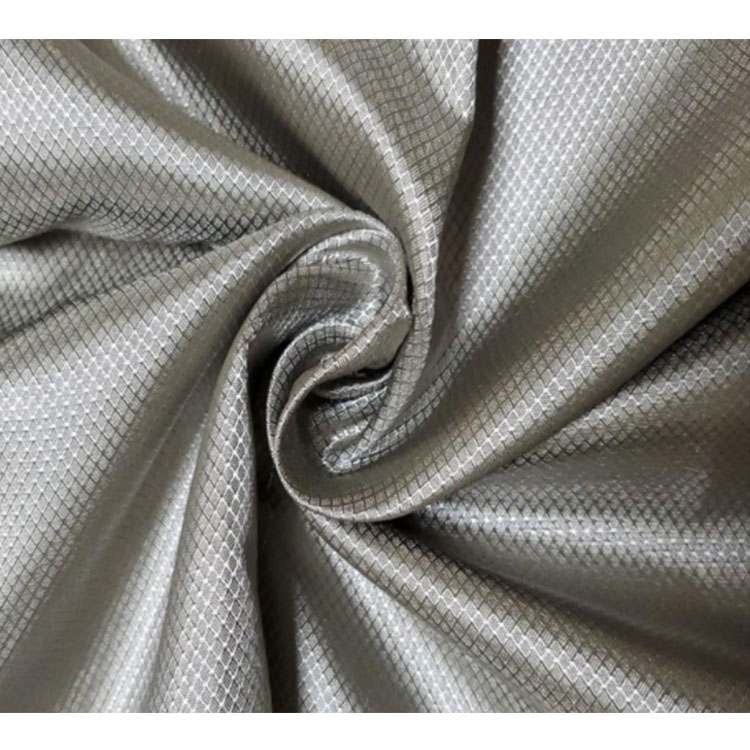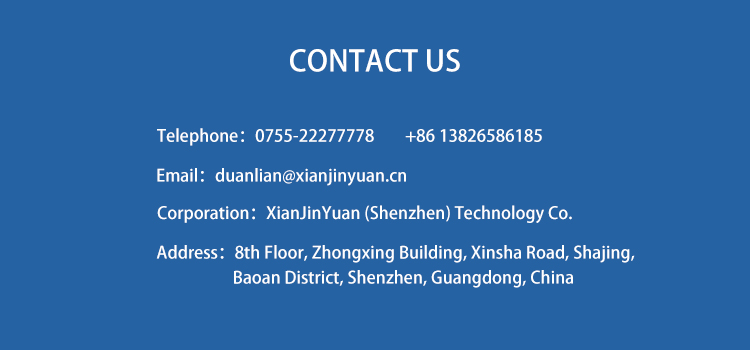

Hotline:0755-22277778
Tel:0755-22277778
Mobile:13826586185(Mr.Duan)
Fax:0755-22277776
E-mail:duanlian@xianjinyuan.cn
With the rapid development of the electronics industry and the widespread application of electronic devices, electromagnetic radiation is considered the fourth major public hazard after water pollution, noise pollution, and air pollution.
The high-frequency electromagnetic waves emitted by electronic devices not only cause abnormal operation of electronic devices, but also affect people's normal lives and even threaten national military secrets. For example, high-frequency electromagnetic radiation can affect or even damage sensitive components of military equipment, causing the failure or loss of control of wireless communication command systems and modern weapon combat platforms.
In addition, electromagnetic waves emitted by electronic devices may induce certain diseases, such as sleep deprivation, dizziness, vomiting, and in severe cases, cancer, cardiovascular disease, etc.
Therefore,Electromagnetic shielding/absorbing materialsThe research and development of has always been widely concerned by the academic and industrial communities around the world.
Graphene brings surprises
so-calledElectromagnetic shielding and absorbing materialsMainly including metal and polymer composite materials. Traditional metal based electromagnetic shielding materials have problems such as high density, difficult structural design, and limited applications.
Fortunately, polymer/absorbent composite materials have good designability and can partially solve the technical bottleneck of metal based electromagnetic shielding materials. Among them, polymer based electromagnetic shielding/absorbing materials with micro foaming structures have been one of the hot research directions in this field in recent years.
The reason is that the cell structure not only gives electromagnetic shielding/absorbing materials the advantage of being lightweight, but also the bidirectional stretching effect generated during the foaming process is beneficial for the secondary dispersion of absorbents in the polymer matrix. At the same time, the introduction of porous structures can trap electromagnetic waves entering the material into a "maze structure", significantly improving the electromagnetic shielding effectiveness of the material and effectively preventing electromagnetic leakage.
However, polymer resins themselves do not have electromagnetic shielding/absorbing properties and must be achieved by adding a large amount of absorbents, such as ferrites or carbon materials. However, these absorbents are incompatible with the polymer matrix, resulting in the absorbents not being completely immersed in the polymer matrix.

For the foaming of polymer composite materials, the addition of a large amount of absorbent not only increases the number of defects in the matrix, but also enhances the stiffness of the composite material, which directly leads to the inability of a large amount of foaming agent to be used for material expansion. Therefore,Highly filled polymer composite materialsFoaming becomes extremely difficult.
As a carbon material with a large specific surface area, graphene has excellent electromagnetic shielding/absorbing properties. Especially for graphene prepared by CVD and other methods, its performance is almost "perfect", with no affinity for polymers, and it is difficult to uniformly disperse in the polymer matrix.
The research team to which the author belongs has successfully achieved low-temperature and atmospheric pressure exfoliation of oxidized graphite by regulating the content of volatile substances in oxidized graphite. They have prepared oxidized graphene containing a large number of oxygen-containing groups and have successfully applied for a Chinese invention patent.
Polyimide microfoam electromagnetic shielding material shows remarkable power
By utilizing the abundant oxygen-containing groups on the surface of graphene oxide, researchers at the Ningbo Institute of Materials Science, Chinese Academy of Sciences improved the dispersion of graphene oxide in thermoplastic polyimide resin through blending, and successfully introduced a uniform pore structure into polyimide/graphene oxide composite materials through phase separation technology.
Researchers have found that the in-situ stretching effect formed during polymer microfoaming not only facilitates the secondary dispersion of graphene, but also promotes the orientation of graphene around the cell structure. The addition amount of graphene oxide in micro foaming materials can be as high as 10wt%, with a density of about 0.3g/cm3. The average specific electromagnetic shielding efficiency of the material in the X-band is 36.4dB/(g/cm3).
However, researchers have also noticed that during the process of polymer microfoaming, the volume of the material increases and the volume of the absorbent decreases. And this directly damages the effectiveness of polymer microfoam electromagnetic shielding/absorbing materials.
In order to further solve the above problems, researchers synthesized nano iron oxide in situ on the surface of graphene, and successfully prepared polyimide microfoam electromagnetic shielding materials with better electromagnetic shielding performance using the electromagnetic matching of the composite nanomaterials mentioned above. The specific electromagnetic shielding efficiency increased from 36.4 dB/(g/cm3) to 41.5 dB/(g/cm3).
Even more rare is that,Composite nanomaterialsThe electromagnetic performance matching characteristics of polymer microfoam materials enable them to absorb more electromagnetic waves instead of reflecting them, which undoubtedly reduces the secondary pollution of electromagnetic waves to the environment.
In the future, the size of electronic products will become smaller and the integration of electronic devices will also become higher, which inevitably requires electronic shielding/absorbing materials to develop towards the direction of "light weight, thin thickness, wide frequency band, and strong absorption".
Researchers from Advanced Institute Technology Co., Ltd. have successfully developed polymer functional microcellular foam films and functional microcellular foam sheet materials using polymer microcellular foam technology. The polymer matrix used can be high-performance polyimide resin or flexible polyurethane thermoplastic elastomer resin. The developed materials can be used for radar transmission materials, mobile electronic payment absorption materialsAbsorbing patchMultiple new material fields such as stealth structure functional integrated materials.

Advanced Institute (Shenzhen) Technology Co., Ltd, © two thousand and twenty-onewww.avanzado.cn. All rights reservedGuangdong ICP No. 2021051947-1 © two thousand and twenty-onewww.xianjinyuan.cn. All rights reservedGuangdong ICP No. 2021051947-2